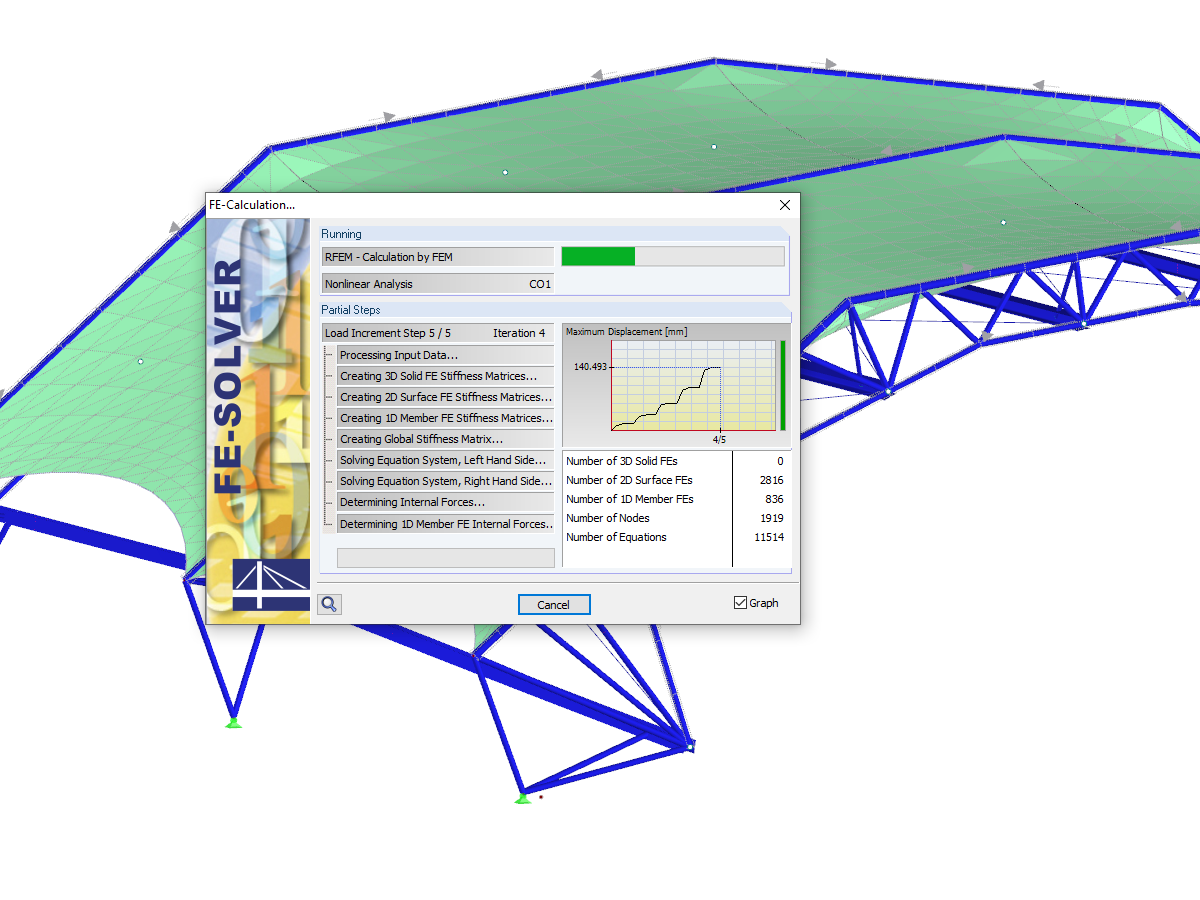近年来,使用计算流体力学(简写为 CFD)来设计风敏感结构的研究越来越受到人们的关注。 这是因为随着计算机技术的进步使得解决复杂的流体动力学问题的成本变得较低。 计算区域的大小(风洞尺寸)是风洞模拟的一个重要方面,它影响着 CFD 模拟的准确性和成本。
在建筑模型外部的体积区域中离散和求解基本流方程,这被称为计算域(图 1)。 一个典型的长方体区域共有六个边界。 These borders, with the exception of the domain's bottom, are essentially non-physical; therefore, their effects on the flow area are a source of simulation error (hereby termed domain errors). It is important to set non-physical barriers far enough away from the structure to minimize major effects on the results. The model's computational cost might rise if the borders are positioned too far out. The size of the computational domain must be optimized with both computational cost and solution accuracy in mind [1].
Computational wind engineering (CWE) best practice recommendations [2] [3] acknowledges the significance of a computational domain with an appropriate size for solution accuracy. These recommendations link domain mistakes to problems with wind tunnel testing that are similar, such as blockage effects in domains with limited cross-sectional areas and artificial acceleration of local flow in domains with insufficient space between the domain boundaries and the building model. Hence, the minimum distance between the domain borders and the building model and the maximum blockage ratios, or a combination of the two, is used to specify the size requirements [3].
Here there is an example of the Eurocode cylinder shape [4] in which two different computational domain dimensions are considered. The first case (Image 2) is the default setting of RWIND, which is a less accurate but faster calculation, and the second is the recommended wind tunnel size (Image 3) which is more accurate but also has a more computational cost. For example, for the default wind tunnel size, 23 minutes is needed to complete the CFD simulation, while for the recommended wind tunnel size, 42 minutes is required in order to finish the simulation (~80% increase of the computational cost). Also, it is important to note the simulation was performed by CPU: Intel(R) Xeon(R) Gold 6248R CPU @ 3.00GHz and 128 GB RAM for 1000 iterations.
The wind pressure coefficient (Cp) diagram (Image 4) shows that the size of the computational domain can play an important role in the level of accuracy of the results, especially for the positive pressure area. The schematic recommended wind tunnel size in aerodynamics is shown in Image 6 [5]. The critical point is to pay attention to the values of the pressure field near the velocity inlet; they should be optimally close to zero (Image 5).












































.png?mw=512&hash=ea9bf0ab53a4fb0da5c4ed81d32d53360ab2820c)

_1.jpg?mw=350&hash=ab2086621f4e50c8c8fb8f3c211a22bc246e0552)




























.png?mw=600&hash=49b6a289915d28aa461360f7308b092631b1446e)